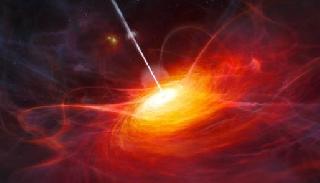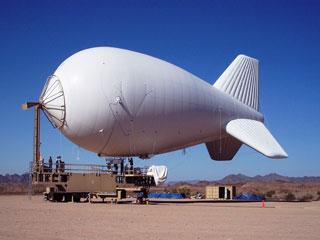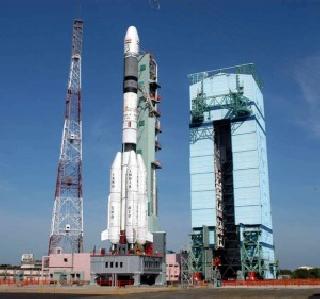
An artistic illustration of the most distant quasar. A ESO photo
PARIS (BNS): A team of European astronomers has come across a quasar which is believed to be the most distant such object found so far.
The object – a brilliant beacon powered by a black hole with a mass two billion times that of the Sun – is by far the brightest object yet discovered in the early Universe.
Using ESO’s Very Larger Telescope and a host of other telescopes, the team has spotted the quasar, ULAS J1120+0641, which is seen when the Universe was only 770 million years old (redshift 7.1).
It took 12.9 billion years for the light from ULAS J1120+0641 to travel to telescopes on Earth. In those 12.9 billion years, the Universe expanded and the light from the object stretched as a result.
“It took us five years to find this object,” said Bram Venemans, one of the authors of the study led by physicist Stephen Warren.
“We were looking for a quasar with redshift higher than 6.5. Finding one that is this far away, at a redshift higher than 7, was an exciting surprise. By peering deep into the reionisation era, this quasar provides a unique opportunity to explore a 100-million-year window in the history of the cosmos that was previously out of reach,” Venemans said.
Quasars are very bright, distant galaxies that are believed to be powered by supermassive black holes at their centres. Their brilliance makes them powerful beacons that may help to probe the era when the first stars and galaxies were forming.
The newly discovered quasar is so far away that its light probes the last part of the reionisation era – the period when the Universe became more transparent to ultraviolet light.
“This quasar is a vital probe of the early Universe. It is a very rare object that will help us to understand how supermassive black holes grew a few hundred million years after the Big Bang,” said Stephen Warren, the study’s team leader.
The findings appear in the latest issue of the journal Nature.
 Previous Article
Previous Article Next Article
Next Article













The Indian Air Force, in its flight trials evaluation report submitted before the Defence Ministry l..
view articleAn insight into the Medium Multi-Role Combat Aircraft competition...
view articleSky enthusiasts can now spot the International Space Station (ISS) commanded by Indian-American astr..
view article